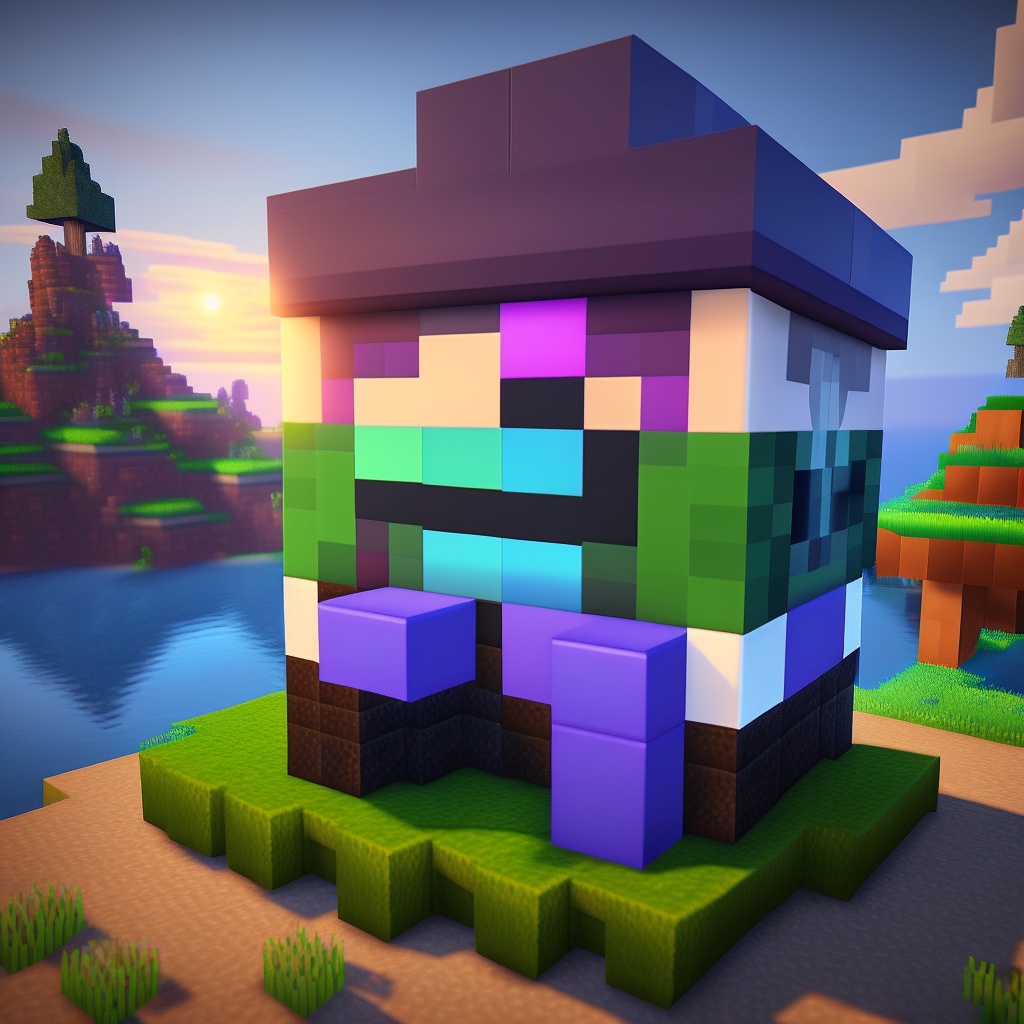Introduction
The world of mobile games has witnessed a resurgence of the retro era, with pixel art games taking center stage. Android users, in particular, have embraced these delightful throwbacks to the past with open arms. In this article, we will explore the fascinating realm of pixel art games on Android and unravel the reasons behind their soaring popularity. From understanding the allure of pixel games to exploring the best language for pixel game development, we will embark on a journey that celebrates the aesthetics, creativity, and storytelling prowess of these nostalgic treasures.
What Exactly are Pixel Art Games?
Pixel art games, as the name suggests, are mobile games that employ pixelated graphics reminiscent of the early days of video gaming. They pay homage to the classic visual style prevalent in the 8-bit and 16-bit eras. These games masterfully recreate the charm of retro games by utilizing a limited color palette, chunky pixels, and deliberate simplicity in their design. The result? A mesmerizing visual experience that tickles the nostalgia bone.
The Enduring Appeal of Pixel Games
The widespread appeal of pixel games can be attributed to several factors. Firstly, they evoke a strong sense of nostalgia among players who grew up with the original Nintendo Entertainment System (NES) or Sega Genesis. These games transport us back to a time when gaming was a simpler and more innocent pursuit.
Furthermore, the pixelated graphics, with their deliberate limitations, allow our imagination to fill in the gaps. They stimulate our minds to construct vivid worlds and characters, fostering a deep connection with the game. It’s like reading a book versus watching a movie; the pixelated visuals leave ample room for our imagination to flourish.
The Language Paradox: Which Language Reigns Supreme?
When it comes to developing pixel games, the choice of programming language plays a vital role. C# stands out as the most popular choice among several languages well-suited for pixel game development. This versatile language, backed by the robust Unity game engine, empowers developers to create captivating pixel art games with ease.
C# offers a rich ecosystem of libraries, frameworks, and tools that expedite the game development process. Its syntax is relatively easy to grasp, making it accessible to both novice and seasoned developers. Moreover, C# boasts excellent performance, ensuring smooth gameplay and seamless integration with Android devices.
The Perceived Simplicity of Pixel Game Development
Pixel games often exude an air of simplicity, but don’t be fooled. While the visual aesthetics may appear straightforward, crafting a captivating pixel art game is no easy feat. Game design, irrespective of the art style, demands a meticulous approach to ensure a compelling experience for players.
Developers must meticulously plan and execute the game’s mechanics, pacing, and level design. They need to focus on creating engaging storytelling, compelling narratives, and intriguing plots or mysteries. The pixel art style, though seemingly minimalist, should serve as a powerful tool to enhance the overall experience rather than a crutch for laziness.
Who Invented Pixel Games?
A collective effort, rather than a single individual, attributed to the birth of pixel games. The pixel art style emerged as a necessity due to the technical limitations of early video game hardware. However, one notable pioneer in the field is Alexey Pajitnov, the creator of the iconic game “Tetris.” Released in 1984, “Tetris” showcased the potential of pixel art and set the stage for its future prominence in the gaming industry.
Who Was the First Pixel Artist?
While it is challenging to pinpoint the very first-pixel artist, one individual stands out as a significant contributor to the development and popularization of pixel art. Susan Kare, a graphic designer, is widely recognized as the pioneer of pixel art in the early days of personal computing. Her work at Apple in the 1980s, including designing the iconic Macintosh icons and fonts, revolutionized the use of pixels as an art form and laid the foundation for pixel art’s future.
Is Pixel Art an Offline Game?
Pixel art does not have an inherent tie to a specific gameplay format or online/offline distinction. Instead, it refers to a visual style characterized by pixelated graphics. Pixel art games can be found in both online and offline formats, catering to the diverse preferences of gamers. From classic console emulators to modern indie titles, pixel art games are available in various forms, allowing players to enjoy them regardless of their internet connectivity.
Is Pixilart Safe for Kids?
Pixilart is a popular online platform that enables users to create and share pixel art. While the platform itself is generally considered safe, it is essential to exercise caution, especially when it comes to children’s online activities. Pixilart provides features for users to interact with each other, and as with any online community, there may be potential risks. Parents and guardians should ensure that children understand online safety practices, including not sharing personal information and being mindful of interactions with others on the platform.
Conclusion
Pixel art games on Android have captured the hearts of players around the world, resurrecting the magic of retro games in a mobile format. Their distinct visual style, rooted in nostalgia, effortlessly transports us back to a bygone era. The popularity of pixel games lies not only in their aesthetics but also in their ability to spark our creativity, engage us in captivating narratives, and offer an immersive gameplay experience.
So, if you’re an Android user yearning for a taste of gaming’s golden age, delve into the captivating world of pixel art games. Let the pixelated wonders on your screen carry you away to a realm where creativity reigns supreme, stories unfold with every move, and the allure of the retro era never fades away.




